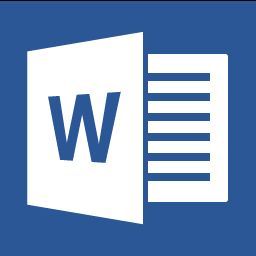I run what was until recently a very successful
helpline for computer-based problems. Recently, though, we haven’t been getting
enough phone traffic to keep the lights on – I’m losing money hand over fist.
I’ve heard a lot about “expert systems” that supposedly automatically answer
any queries put to them. Can you explain to me what would be involved in
setting one up?
Harry, Flitworth
Response:
Hello Harry,
That is quite an issue you are having! Indeed
an expert system is what you need! There are 4 main components of an expert
computer system and these are;
- The human computer interface (HCI) - This allows human access
- The knowledge base-
This is a database of facts, it contains rules and facts about the task
domain. It contains expert knowledge.
- The rule base-links knowledge together through facts.
- The inference
engine - it is
software that makes reductions using the knowledge base, attempts to work out the answer to the user’s
query by using the rule base
To create this
system you will need to have a database that contains different information for
specific issues that you will encounter, there must also be a solution for each
issue. This will then link with the rule base which will link each problem
together.
Emily
Dear Emily
I’ve got an exam tomorrow on expert systems. I know
all about how they work, but I just *know* they’ll ask for real-life examples
of where people have put these systems into use, and how well they perform. Can
you give me a list of, say, five to ten industries or sectors or government
branches that might have found expert systems useful enough to set one up?
Brunhilde, Derby
Response:
Hello Brunhilde,
Here are some examples for expert
systems in the real world:
·
NHS online health checker
·
Government tax credit
·
Student finance from the Government
·
Auto pilot
Emily
Dear Emily
The machine apocalypse is coming! Computers are going to take over the
world, and we’re helping them! I’m putting together a pamphlet to distribute to
anyone passing the Houses of Parliament (hand-written, naturally) outlining the
dangers of expert systems, their drawbacks and why we should stick with human
operators. Could you…um…help me out here with a few examples?
Lizzy, Brunswick
Response:
Hello Lizzy,
Calm down! We have a solution for you, for example Medical diagnosis
this is because the patient could lie to the system and the computer cannot
check the patient of these false ideas. Expert computer systems are expensive
to maintain and finally they also have limited knowledge outside their specific
purpose.
Emily







